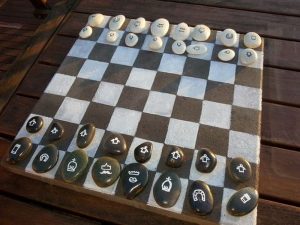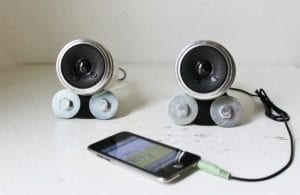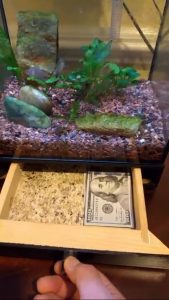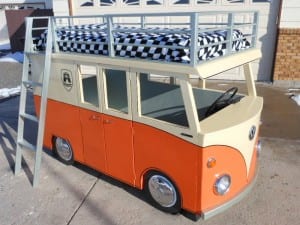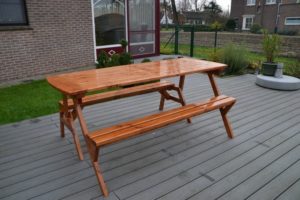Last Updated on November 3, 2022 by teamobn
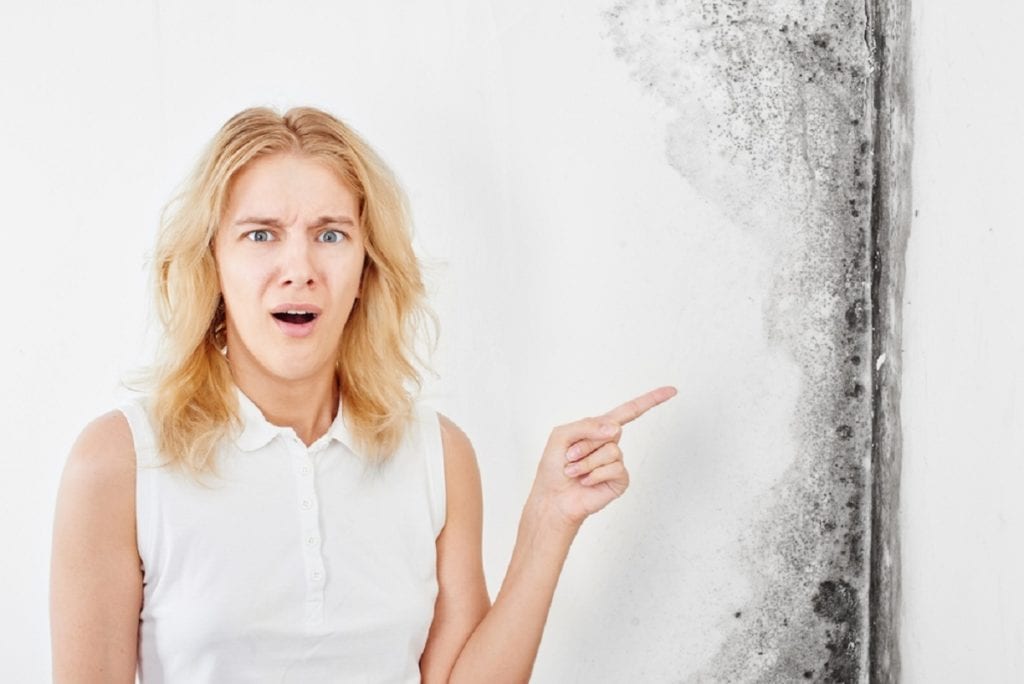
The term “black mold” itself brings to mind some fearsome alien diseases we may have seen in the movies a long time ago.
The first reports of black mold affecting humans came from Russia in the 1940s. Farmworkers exposed to grain or hay infested with black mold became sick.
The reports said the workers began to show symptoms that included skin irritation and bleeding, inflammation of the airways, fever, and fatigue.
People who ate grain infested by black mold allegedly showed symptoms such as abdominal pain, diarrhea, vomiting, and nausea.
The Full Extent of Black Mold Health Effects
Scientists today refute those early reports. The US Centers for Disease Control describes the possible health effects of the mold in three sentences:
“People who are sensitive to mold may experience stuffy nose, irritated eyes, wheezing, or skin irritation. People allergic to mold may have difficulty in breathing and shortness of breath. People with weakened immune systems and with chronic lung diseases, such as obstructive lung disease, may develop mold infections in their lungs.”
That’s the full extent of it. Notice what’s missing?
The CDC makes no mention of bleeding lungs, chronic fatigue, insomnia, memory loss, Parkinson’s disease, birth defects, and various cancers.
Despite the profusion of Facebook memes that tell you that black mold can kill you, it probably will not. No, black mold doesn’t make you insane, either. If you are, it’s not because of some mold in the attic!
Still, you don’t want black mold in your house. Asthma and allergies can produce serious health complications for people with particular susceptibilities.
These include people who already have asthma or allergies or other chronic breathing conditions.
People with compromised immune systems should also be wary of mold. These include organ transplant recipients, people who have HIV, and cancer patients taking chemotherapy.
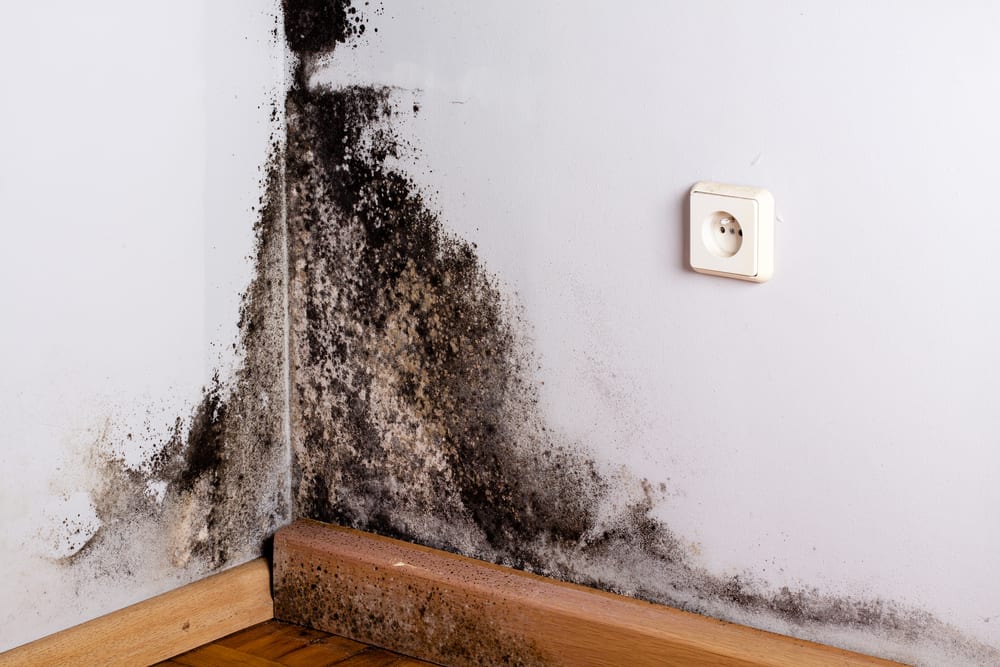
Preventive Measures
If a particular mold species is in your home, it’s there because spores in your area brought it there.
Chances are, they will do so again. You can burn your house down and build a new one, those same spores are going to come back faster than you can say “mold”.
Keeping mold out in the first place is your best plan of action. You can do that by ensuring the following preventive measures:
- Keep your home dry. This is key to preventing mold from growing.
- Remove tainted material from your home. Mold spreads. You don’t want to bring the stuff into your home in the first place.
- That means you should never bring old wood or other porous objects in from the outdoors. Mold spores grow on everything and can go wild when brought indoors.
- You can use mold-reducing sprays in your bathroom and damp locations. These include RMR-141 Mild Killer preventative mold spray. The product works on mildew, too.
- Get a dehumidifier. Dehumidifiers suck moisture out of the air and prevent mold growth. The Pro Breeze Mini Dehumidifier earned Amazon’s Choice for under $50.
- Keep water away from your house. Don’t let your basement or home become flooded. You can do this by grading your yard to keep water flowing away from your house. You may also install downspouts that divert water from your home, says Katie McKintire for Safewise.
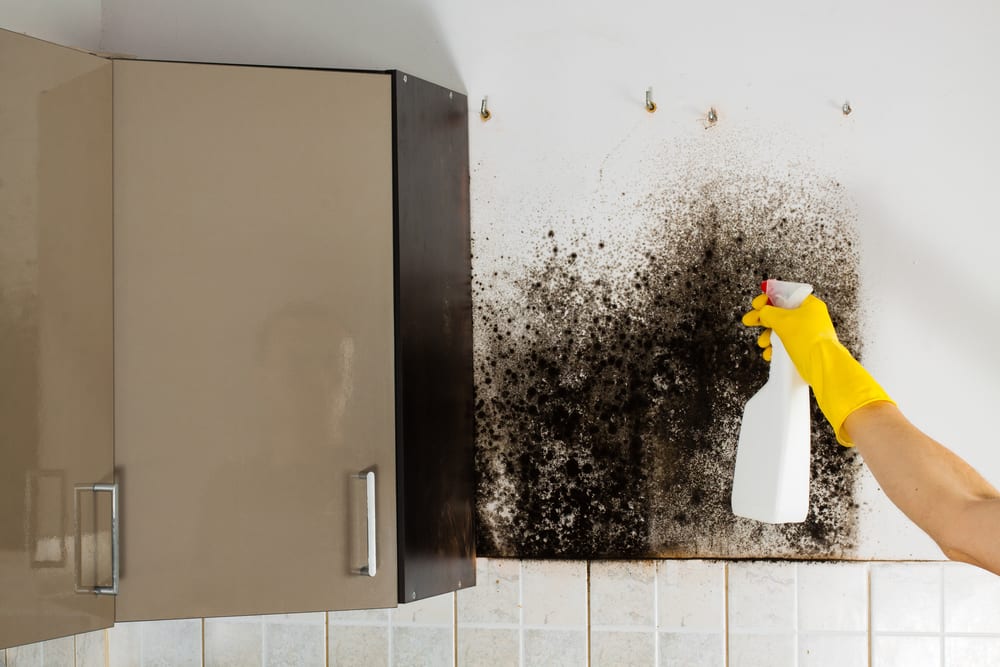
Don’t Sweat the Small Stuff!
If you find that you do have mold, and you’re sure that it is causing a problem for someone in your household, what should you do?
Opinions differ. But it should come as no surprise that recommendations for the most radical and expensive solutions come from companies selling these services.
The DIY solution is simpler, easier, and costs way less. If you do want to remove mold, simply spray it, or scrub it, with a diluted bleach solution. That will do the trick.
Experts will tell you to wear rubber gloves and goggles. You should, but that’s more to protect you from the bleach rather than the mold.
But perhaps the best tip we can give you is not to make a big deal of this household issue.
There is no such thing as a house without mold. It’s a fool’s game to try to build one.

